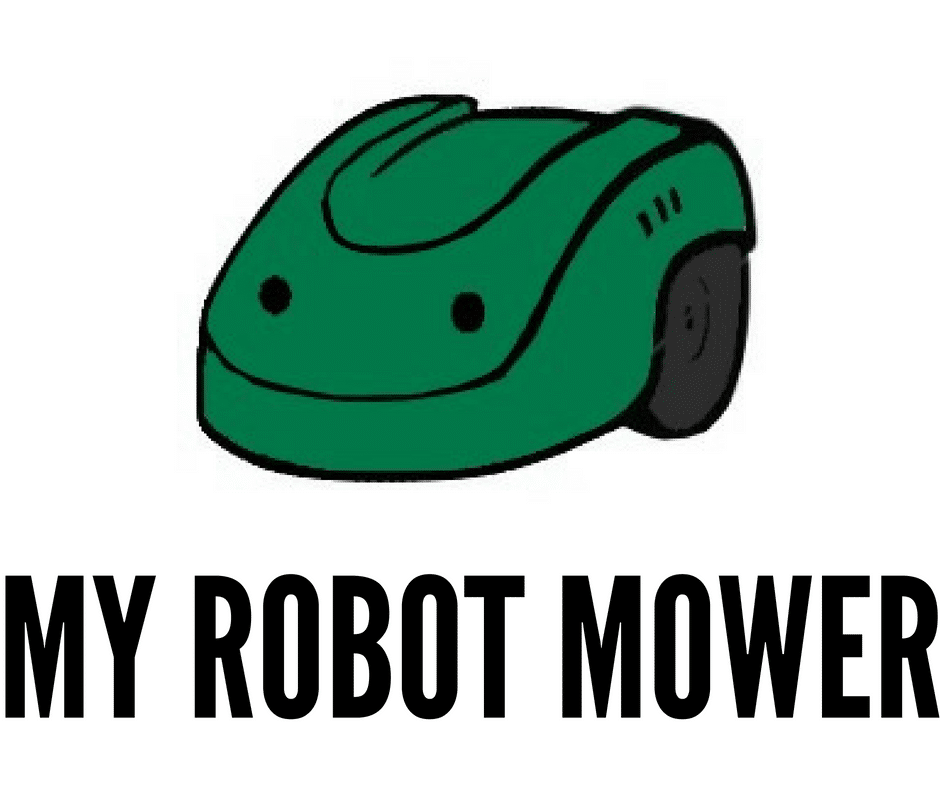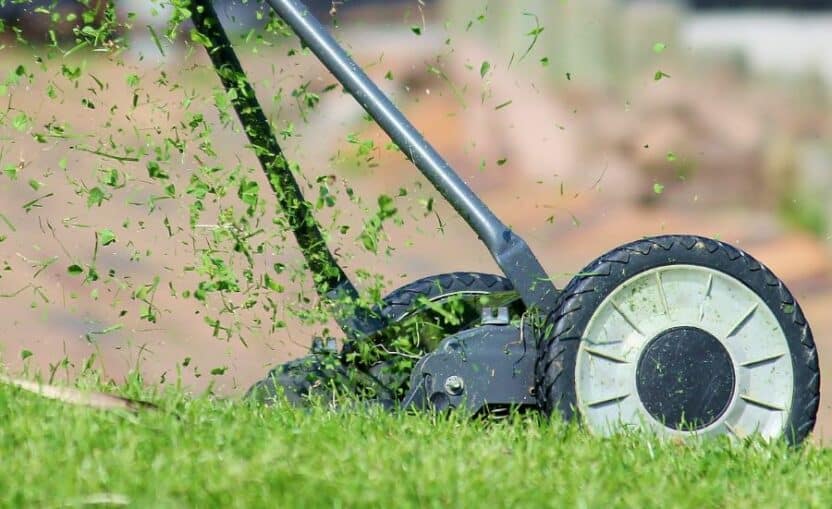Gardeners routinely propagate their favorite houseplants through stem or leaf clippings … will this work for your lawn? After all, every mowing session supplies quantities of grass cuttings! In this article, we’ll examine whether clippings will propagate new grass and how they can be good – or bad- for your lawn.
Grass can grow from clippings with mature seeds or viable runners, but grass blades cannot propagate. Short clippings left on the lawn quickly decompose into excellent fertilizer, however. Don’t leave behind grass clumps that choke the underlying turf or clippings containing weed seeds or disease.
Overview Of Growing Grass From Clippings
Some prolific plant species readily propagate if even a scrap of their leaf lands in a likely spot. Unfortunately, lawn grass isn’t one of them.
That’s not to say grass isn’t a powerhouse when it comes to spreading: seeds, runners, and tillers are all efficient ways that grass spreads and propagates itself. It’s just that a bare blade can’t grow into a new plant.
Mowing cuts off the tips of the grass blades, so the clippings can only become nitrogen-rich compost—not new grass. The only way grass clippings can grow is if they include mature seeds or live runners.
How Grass Might Propagate Through Clippings
Though grass blades are a dud, there are other ways you can grow grass from clippings … with caveats.
Seeds – Cuttings that contain grass with mature seed heads could possibly grow new turf. Unfortunately, germination is far from assured without proper soil preparation, moisture, and some kind of protective cover.
Another issue is that lawn grass is generally cut to no higher than three inches. Mature grass that produces seed stalks is usually taller than this, so well-mowed grass doesn’t produce much seed. You’ll have to let your lawn literally go wild to get seeds; depending upon your homeowner’s association, you might have a problem.
Runners – There are two kinds of runners: underground rhizome roots and aboveground stolons. A live runner with a healthy node can grow into a new grass plant if it lands in hospitable conditions.
Stolons and rhizomes need the same warm, moist environment to grow that seeds do. Runners are viable until they dry out.
Propagating grass through cut runners is actually a common practice called sprigging. This is usually done by spreading stolons or rhizomes on prepared earth and covering them with a thin layer of soil. With normal watering, the sprigs will grow and spread.
The problem is getting the stolons into your clippings, since they grow too low to be cut by the mower. Some lawn owners rake the grass before mowing in hopes of getting the stolons to stick up high enough to be cut. Your call.
Verdict?
While you can propagate grass from seeds and sprigs, getting them into mower clippings is a challenge. There might be utility in letting a thinly grassed area go to seed before mowing in hopes the seeds will spread, but otherwise there are better things to do with your clippings.
This doesn’t mean you shouldn’t leave the clippings on the lawn! Cut grass degrades quickly into nutrients that enrich the soil with the exact elements your lawn turf requires.
Benefits of Clippings
Clippings can help grass grow in ways besides propagation. Leaving the mower cuttings on your lawn gives an organic boost of nutrients to the soil. This environmentally friendly practice is called “greencycling.”
The nutrients in grass clippings are tailor-made for grass and can reduce its need for fertilizer by half. The clippings have a weight equivalent of three to four percent nitrogen and about two- or three-and-a-half percent potassium. The phosphorus content is about .5 percent.
Not only that, but grass lacks the high lignin content that can give stiff rigidity to cell walls. This lets grass decompose and release the nutrients quickly back into the soil.
Clippings also make a nice mulch that helps the soil stay moist as the blades decompose.
Mythbuster: Do Clippings Cause Thatch Buildup?
It’s a common belief that leaving mower clippings on the lawn promotes an overgrowth of thatch. This matted layer between grass blades and the crown can choke your lawn if it grows to more than a half-inch in depth.
It makes sense to blame clippings: thatch is a dead layer of plant material – and clippings are dead plant material.
Don’t worry, though. Thatch is made of dead runners, stems, crowns, and roots that don’t quickly decompose, whereas clippings are made of blades that do decay quickly. Lawn cuttings contribute little to thatch buildup.
What Can Go Wrong With Clippings
Many lawn owners used to bag their clippings before realizing the contribution they could make to healthy green turf … but sometimes it’s best not to use clippings:
Unsightly Piles
This isn’t usually an issue, because grass clippings normally disappear in a few days. The cut grass blades melt into the lawn as they lose moisture. Within a week or so, you won’t see the clippings at all. They will decay completely and be assimilated into the soil in three to four weeks in warm weather.
But this easy state of affairs only applies to regularly mowed grass! Unsightly piles of left-over clippings are usually caused by overgrown grass that is mowed in one sweep. In that case, rake up or bag the mower discharge instead of leaving it clumped on the grass.
- It’s best to mow often if you intend to leave the clippings on the grass. That way, the clippings will be short and tidy.
- If you’re mowing tall grass, don’t try to bring it to the right height in one session. The rule is not to cut more than 1/3 of the grass’s height at one time. Allow the lawn recovery time before remowing.
When Clippings Kill
Heavy clumps of clippings piled on the lawn are not just unsightly, they can harm your grass. They can block light and oxygen from the turf underneath, and also increase the moisture level and promote rot.
Avoid this problem by making sure the cut grass blades don’t exceed an inch long, so they will easily fall through the turf as they dry and shrivel.
If the grass is so heavy and tall that you can’t avoid producing thick piles of clippings, it’s best to rake them up or bag the mower exhaust and compost it.
Weed Invasion
Though grass clippings are generally a poor stratagem for propagating grass, it does wonders for spreading weeds. Unwanted plants that spread through their roots won’t be affected, but those with low-growing or quickly maturing seeds will love being broadcast across the lawn.
Regular mowing at the correct height can keep most weeds at bay, but it’s a good idea to put a bag on the mower to contain the clippings whenever you cut a seedy patch of weeds.
Disease
Clippings of grass infested with fungus, leaf spot, or another disease should be bagged and discarded safely to avoid contamination. While your other grass may have been exposed already, showering it with infected cuttings pretty much guarantees it.
The solution is simple: always bag and discard the mower discharge when you’re cutting grass with any kind of spreadable disease. Stay alert to possible health issues in your lawn before you mow.

